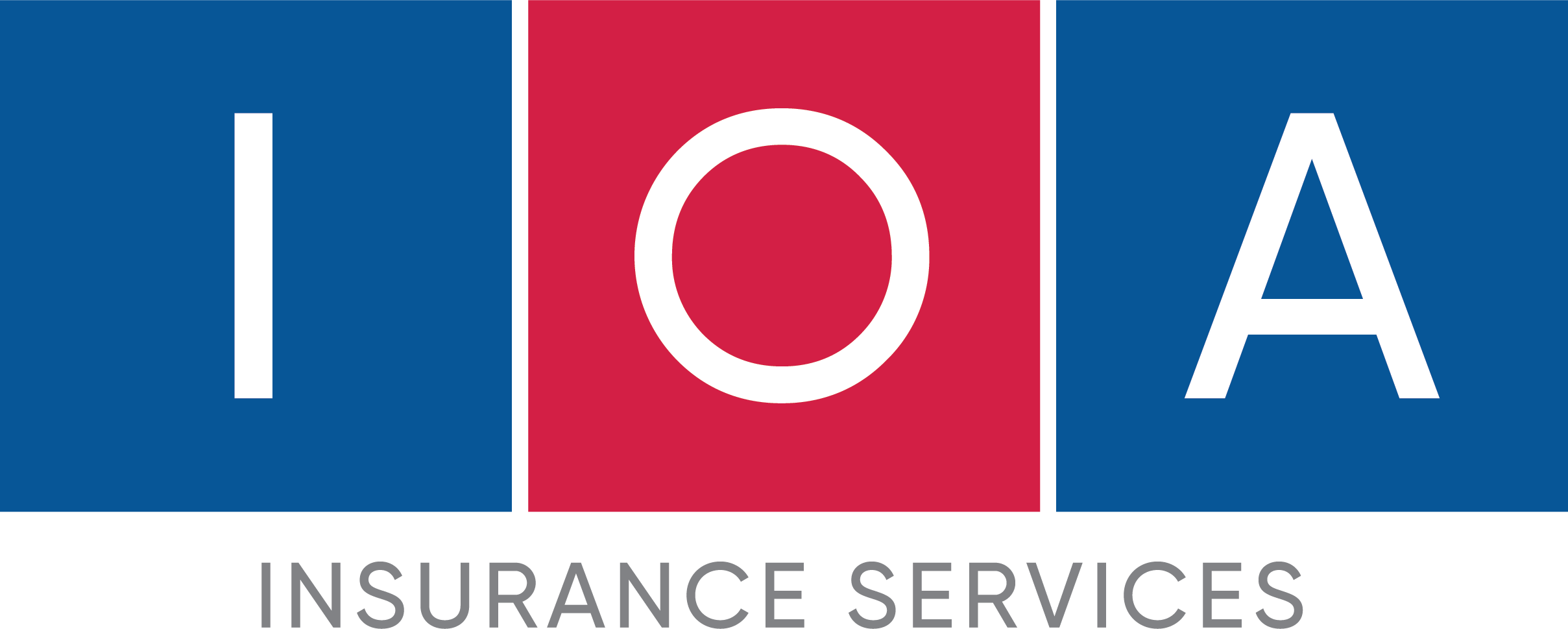Ninety percent of injured employees are likely to return to work after being out due to a work related injury after one month. Fifty percent of injured employees return after being out six months and only five percent of injured employees return after being out from a work related injury for a year. The financial impact this has on your workers compensation premium can be huge. Effective return to work programs can save a company up to thirty five percent on their medical costs and thirty percent on lost time. Return to work programs reduce claim duration and costs which impact your experience modification rate and future premiums. Many companies do not realize the impact a return to work program can have. They are easy to set up and maintain. If you do not have a return to work program I strongly urge you to get one in place.
Workplace accidents are unfortunate events that can disrupt both an employee’s physical and financial well-being. In the event of a work-related accident, a return to work program will help you transition the employee back into a productive role as they recover from their injury. A return to work program is designed to get them back on their feet and working as soon as possible.
The employee benefits from the program by:
- Being able to perform meaningful work despite physical restrictions while recovering
- Maintaining their income level
- Retaining status within the company
- Avoiding the boredom associated with long periods at home recovering / I have heard this referred to as the Oprah and Oreos Syndrome.
- Not missing important company announcements, events, meetings and other goings-on
- Maintaining body conditioning and helping return to their pre-injury strength and condition level
- Quickening the recovery process
Modified duty work is an important part of the rehabilitation process that allows your employee to maintain a certain level of activity within their physician’s prescribed restrictions. Modified duty work combined with physical or occupational therapy is the best method for moving them along on the road to recovery. In addition, modified duty is crucial to your injured employees successful return to their regular job after an injury. There may be numerous modified duty positions within your organization. These positions should be considered when accommodating temporary work restrictions.
Again, I strongly urge employers to set up return to work programs. If you have one and are not using it get it out and review then put it back in place. They get the injured employee back to work quicker and keep your workers’ compensation premiums lower. The Risk Advisor Team can help you set up, review, update and implement a return to work program if you do not have one in place.
I hope this information is helpful and would love your feedback. Please reach out to us via this site or send us an email.

